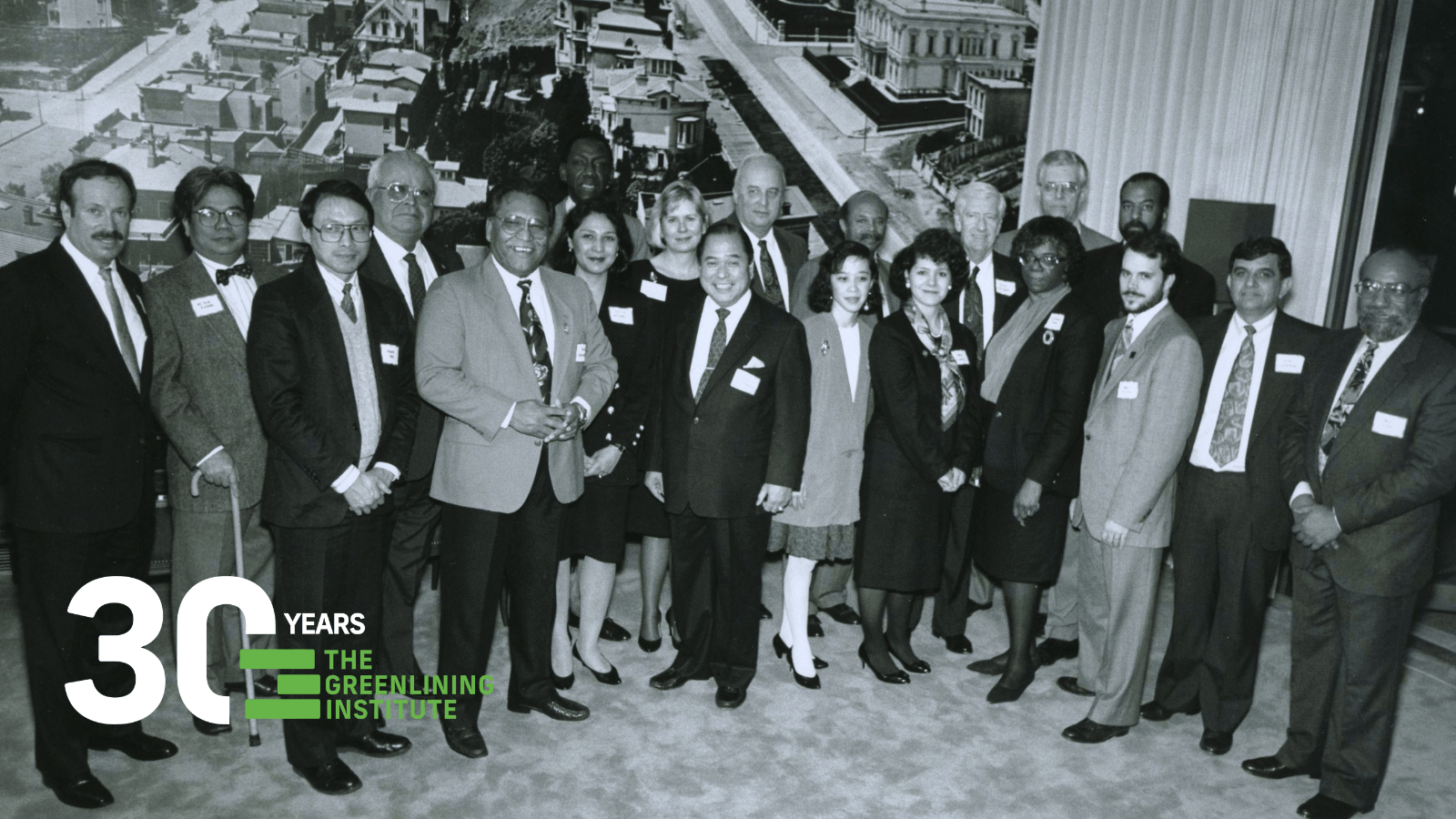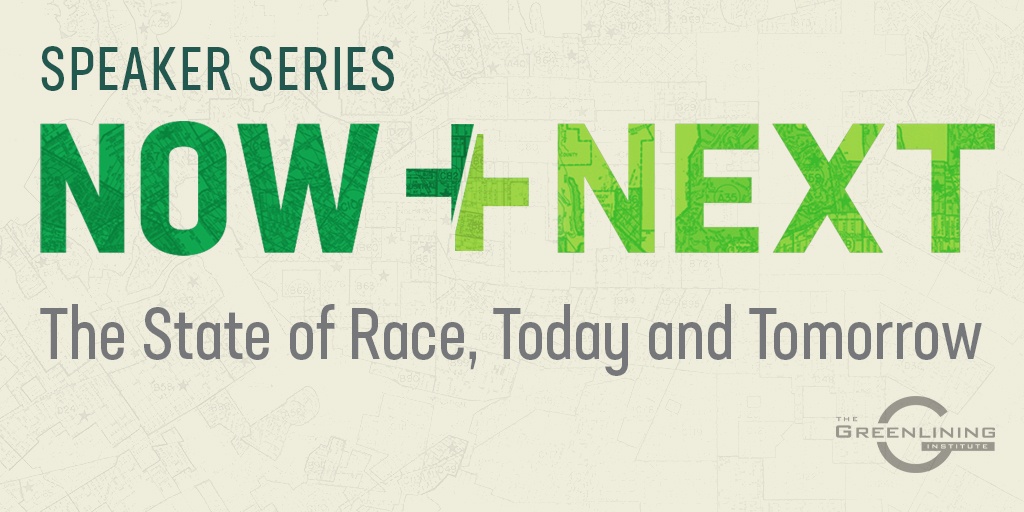Racial Inequity Could Sabotage a COVID-19 Vaccine
Confidence in a COVID-19 vaccine is shrinking across the nation. Though the U.S. has 5% of the world’s population and 20% of the world’s COVID-19 deaths, only 51% of Americans said they would definitely or probably get a COVID-19 vaccine when it is released, a drop from 72% in May. This hesitance is most apparent in communities of color, where an earned distrust in the medical community, poor management of the pandemic from an overtly racist president, and limited access to health resources have just 32% of Black adults saying they would definitely or probably get a COVID-19 vaccine.
The U.S. has a long, violent history of medical mistreatment towards communities of color, and the nation’s current battle with White supremacy is not increasing confidence among Black, Brown, and Indigenous people that anything has changed. For example, from 1932 to 1972, the Tuskegee Syphilis experiment lied to participants and denied a known cure for syphilis — penicillin — to hundreds of Black men in order to track the disease’s full progression. Researchers provided no effective care as the men died, went blind or insane, or experienced other severe health problems due to their untreated syphilis. And in 2020, whistleblower Dawn Wooten exposed the appalling involuntary sterilizations of immigrant women in ICE detention centers.
Beyond this, people of color are significantly underrepresented in COVID-19 vaccine trials. Though Black people make up 13% of the U.S. population, they account for 5% of the trial population. Latinos, 18% of the U.S. population, account for 1% of the trial population. Though this underrepresentation can impact our understanding of the effectiveness of the drug and ultimately lead to harmful side effects on people of color, the FDA does not require drugmakers to conduct racially representative trials or even publicly announce their representation goals. Several Historically Black Colleges and Universities and networks of Black churches are trying to encourage Black people to participate but have met fairly limited support.
This earned distrust does not change the fact that communities of color are disproportionately impacted by COVID-19 and in desperate need of solutions. Black and Latino Americans are three times more likely than White people to be infected by COVID-19 and two times as likely to die, according to federal data. Black, Brown, and Indigenous people also face more severe economic insecurity. In an April survey by The Pew Research Center, nearly three-quarters of Black and Hispanic adults said they did not have emergency funds to cover three months of expenses; around half of White adults said the same. Black and Hispanic adults were significantly more likely than Whites to say they “cannot pay some bills or can only make partial payments on some of them this month.”
However, as two COVID-19 vaccine trials temporarily stopped this month when participants became ill, questions about the long term health impacts of any vaccine emerge, as well as questions around mass production and distribution. This all makes the likelihood that a vaccine will end the pandemic anytime soon seem slim. Still, a COVID-19 vaccine will likely play a meaningful role in the nation’s struggle against the pandemic. The following practices can help minimize COVID-19’s impact, ensuring equitable care for the health of communities of color.
Apply a Racial Equity Lens to the Development & Distribution of Any COVID-19 Vaccine

Local, state, and federal governments, who are ultimately responsible for the creation, distribution, and repercussions of the vaccine, must ensure that it does not amplify existing health inequalities between racial groups. Trials that represent the nation’s racial, gender, and age diversity protect against unintended, harmful side effects for sections of the population. Doing this would require the FDA to change reporting requirements for private pharmaceutical companies. It would also require drug trials to better include and support people working during the day when trials are conducted and those without insurance who may not be able to receive care if they experience lasting side effects. These changes could meaningfully increase participation for communities of color.
After trials have concluded and a COVID-19 vaccine is created and safe, local governments should prioritize distribution to those who are most vulnerable and most impacted by the virus. This includes people living in crowded facilities like nursing homes and prisons, people who cannot work from home, and racial groups most impacted and living in densely populated areas. Also, the vaccine should be made free to ensure protection for people struggling financially during the pandemic. One’s ability to pay should not determine their ability to protect themselves.
In addition, administering the vaccine must remain actively consensual, given this country’s long history of non-consensual medical procedures against people of color, women, and people in poverty. This history cannot be repeated or reinforced. Finally, we need meaningful data collection, transparency, and accountability on the access to and impacts of the vaccine across racial groups. Though private groups like APM Research Lab have collected some good racial data, it took The New York Times suing the CDC for the public to get up-to-date government data on the severe inequities in illness and death rates between racial groups.
Protect the Affordable Care Act
If conservative judge and Trump appointee Amy Coney Barrett is confirmed to the Supreme Court, it likely means the end of the Affordable Care Act. With nothing to replace it, between four and seven million people will lose coverage in California alone. And the same medical pre-existing conditions or comorbidities that make Black and Brown communities vulnerable to COVID-19 (e.g., asthma, cancer, diabetes, or even pregnancy) will make health insurance and life-saving care completely unaffordable.
Invest in Community Health and Social Equity
In their recent report on equitable allocation of the COVID-19 vaccine, the National Academies of Sciences, Engineering and Medicine stated that while this pandemic has drastically different outcomes based on race, it is not biology but systemic racism that leads to higher rates of comorbidities and a greater prevalence and severity of the COVID-19 infection in communities of color.
Consequently, programs that seek to rectify the impacts of systemic racism, like poverty, can make a substantial difference — especially when they are included in federal orders and stimulus packages. Examples include Stockton, California’s Universal Basic Income pilot program that provides a monthly stipend of $500 to families in poverty in the city, largely Black and Brown. In addition, moratoriums on eviction, home foreclosure, and utility shut-offs have been essential in preventing an even greater rise in homelessness as unemployment skyrockets. Debt forbearance and forgiveness can allow those with limited ability to pay to concentrate on meeting immediate needs during the pandemic and protecting themselves from illness.

Drastically Expand Health Care Infrastructure
Before the pandemic, the California Health Workforce Commission estimated that seven million Californians currently live in a Health Professional Shortage Area, meaning they lacked sufficient primary care, dental or medical providers. While this is a problem for everyone in the state, it most impacts Latinos, Black, and Indigenous people, who are the majority living in these environments. “Black [individuals] are disproportionately less likely to be within 60 minutes of a primary care physician, which also means they’re less likely to get useful information and instead use a hospital emergency room as a primary mechanism for care. They’re also less likely to have insurance,” says managing director of The Harris Poll, Rob Jekielek. While a Medi-Cal expansion that opens COVID-19 testing and related care to all residents of the state and free, city-run drive-through testing centers are a necessary start, we need long term build-outs of the state’s infrastructure to substantially impact this pandemic and improve Californians’ health going forward.
Conclusion
As part of a larger response, a COVID-19 vaccine may substantially improve the nation’s ability to survive this pandemic. However, if local, state, and federal governments don’t address racial inequity in their response to this pandemic, the vaccine will only further widen the health gaps between people of color and Whites. Race should be a factor in our responses, not because Black or Brown people are biologically predisposed to this illness, but because they are vulnerable to racism, which puts them at greater risk of contracting the virus.
While moving people of color to the front of the queue for the vaccine could decrease COVID-19 infection and death rates in these communities, if we are being honest, I’d rather just ensure that all have the conditions that make White people less likely to contract the illness: consistent & sufficient income, remote work, stable housing, and access to quality, affordable health care.
Christian Beauvoir is Greenlining’s Health Equity Fellow. Follow him on Twitter.



